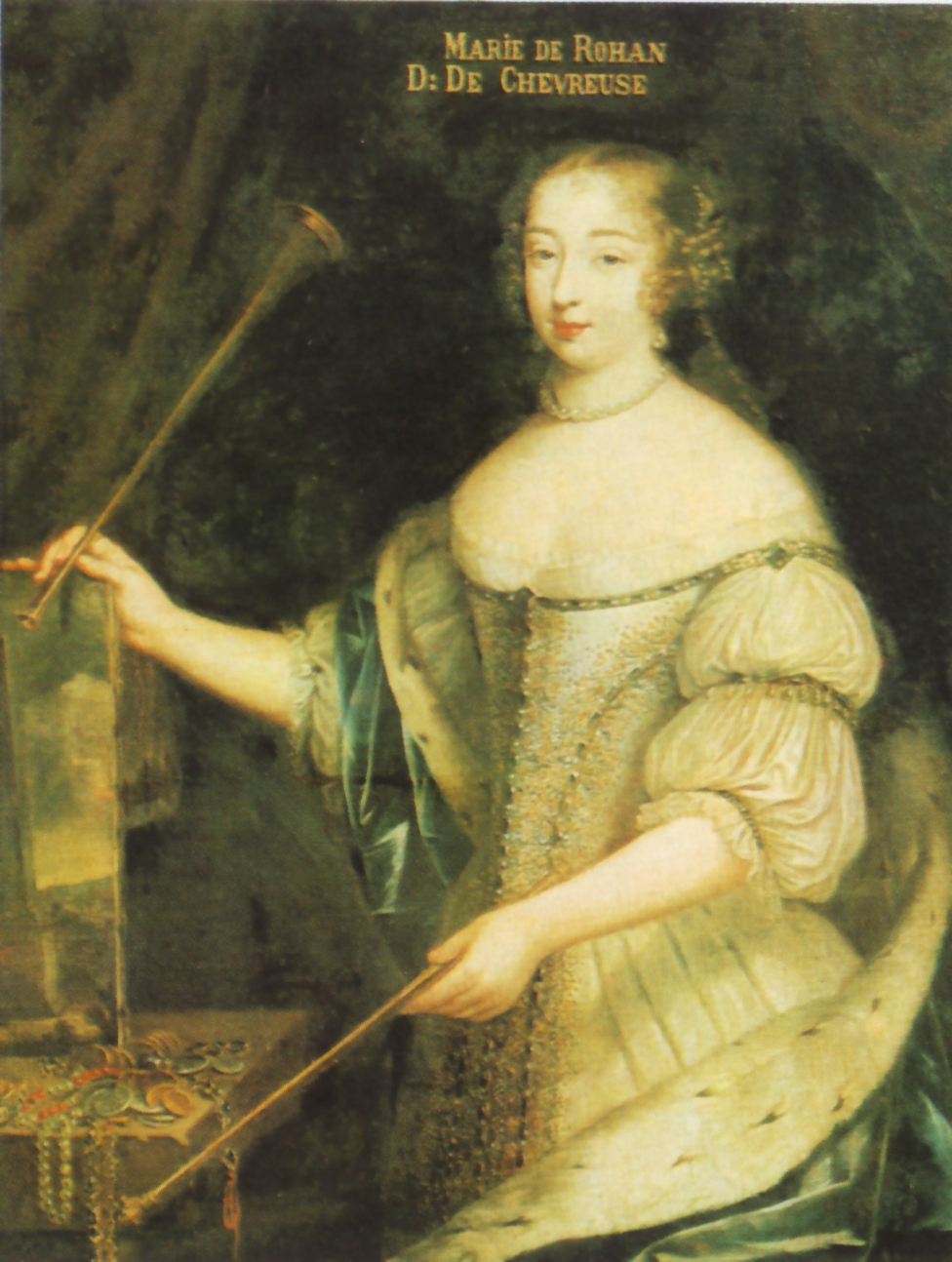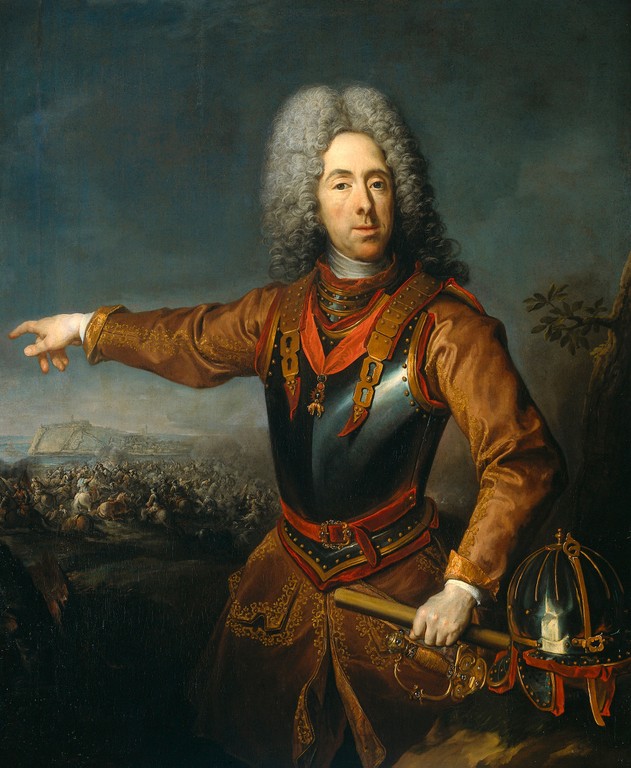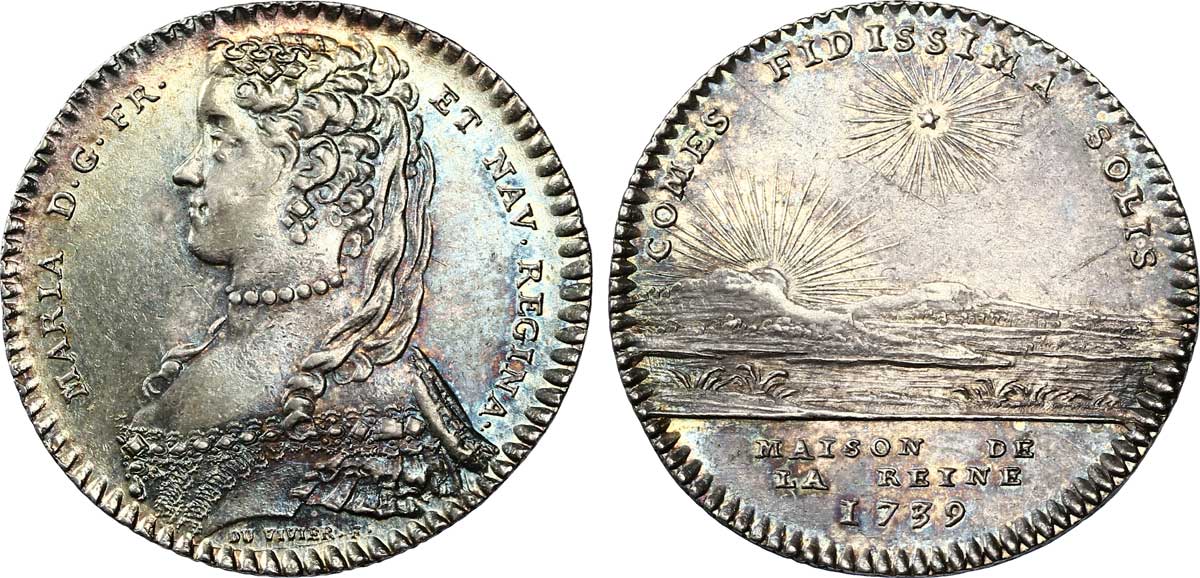|
Surintendante De La Maison De La Reine
''Surintendante de la Maison de la Reine'' ("Superintendent of the Queen's Household"), or only ''Surintendante'', was the senior lady-in-waiting at the royal court of France from 1619 until the French revolution. The ''Surintendante'' was selected from the members of the highest French nobility. History The office was created in 1619. Nadine Akkerman & Birgit Houben, eds. ''The Politics of Female Households: Ladies-in-waiting across Early Modern Europe''. Leiden: Brill, 2013 The Surintendante and the '' Governess of the Children of France'' were the only female office holders in France to give an oath of loyalty to the King himself.Jeroen Frans Jozef Duindam: ''Vienna and Versailles: The Courts of Europe's Dynastic Rivals, 1550-1780''. The surintendante had about the same tasks as the ''Première dame d'honneur'': receiving the oath of the female personnel before they took office and supervising them and the queen's daily routine, as well as organizing the accounts and staff l ... [...More Info...] [...Related Items...] OR: [Wikipedia] [Google] [Baidu] |
Olympia Mancini, Countess Of Soissons
Olympia Mancini, Countess of Soissons (French: ''Olympe Mancini''; 11 July 1638 – 9 October 1708) was the second-eldest of the five celebrated Mancini sisters, who along with two of their female Martinozzi cousins, were known at the court of King Louis XIV of France as the Mazarinettes because their uncle was Louis XIV's chief minister, Cardinal Mazarin. Olympia was later to become the mother of the famous Austrian general Prince Eugene of Savoy. She also involved herself in various court intrigues including the notorious Affair of the Poisons, which led to her expulsion from France. Family and early years Olympia Mancini was born on 11 July 1638 and grew up in Rome. Her father was Baron Lorenzo Mancini, an Italian aristocrat who was also a necromancer and astrologer. After his death in 1650, her mother, Geronima Mazzarini, brought her daughters from Rome to Paris in the hope of using the influence of her brother, Cardinal Mazarin, to gain them advantageous marriages. The oth ... [...More Info...] [...Related Items...] OR: [Wikipedia] [Google] [Baidu] |
French Monarchy
France was ruled by monarchs from the establishment of the Kingdom of West Francia in 843 until the end of the Second French Empire in 1870, with several interruptions. Classical French historiography usually regards Clovis I () as the first king of France, however historians today consider that such a kingdom did not begin until the establishment of West Francia. Titles The kings used the title "King of the Franks" ( la, Rex Francorum) until the late twelfth century; the first to adopt the title of "King of France" (Latin: ''Rex Franciae''; French: ''roi de France'') was Philip II in 1190 (r. 1180–1223), after which the title "King of the Franks" gradually lost ground. However, ''Francorum Rex'' continued to be sometimes used, for example by Louis XII in 1499, by Francis I in 1515, and by Henry II in about 1550; it was also used on coins up to the eighteenth century. During the brief period when the French Constitution of 1791 was in effect (1791–1792) and after ... [...More Info...] [...Related Items...] OR: [Wikipedia] [Google] [Baidu] |
Government Of France
The Government of France (French: ''Gouvernement français''), officially the Government of the French Republic (''Gouvernement de la République française'' ), exercises executive power in France. It is composed of the Prime Minister, who is the head of government, as well as both senior and junior ministers. The Council of Ministers, the main executive organ of the Government, was established in the Constitution in 1958. Its members meet weekly at the Élysée Palace in Paris. The meetings are presided over by the President of France, the head of state, although the officeholder is not a member of the Government. The Government's most senior ministers are titled as ministers of state (''ministres d'État''), followed in protocol order by ministers (''ministres''), ministers delegate (''ministres délégués''), whereas junior ministers are titled as secretaries of state (''secrétaires d'État''). All members of the Government, who are appointed by the President followin ... [...More Info...] [...Related Items...] OR: [Wikipedia] [Google] [Baidu] |
Ancien Régime Office-holders
{{disambig ...
''Ancien'' may refer to * the French word for "ancient, old" ** Société des anciens textes français * the French for "former, senior" ** Virelai ancien ** Ancien Régime ** Ancien Régime in France ''Ancien'' may refer to * the French word for "ancient, old" ** Société des anciens textes français * the French for "former, senior" ** Virelai ancien ** Ancien Régime ''Ancien'' may refer to * the French word for " ancient, old" ** Sociét� ... [...More Info...] [...Related Items...] OR: [Wikipedia] [Google] [Baidu] |
Ancien Régime
''Ancien'' may refer to * the French word for " ancient, old" ** Société des anciens textes français * the French for "former, senior" ** Virelai ancien ** Ancien Régime ** Ancien Régime in France {{disambig ... [...More Info...] [...Related Items...] OR: [Wikipedia] [Google] [Baidu] |
Chief Court Mistress
Court Mistress ( da, hofmesterinde; nl, hofmeesteres; german: Hofmeisterin; no, hoffmesterinne; sv, hovmästarinna) or Chief Court Mistress ( da, Overhofmesterinde; ('grand mistress'); ; no, overhoffmesterinne; sv, överhovmästarinna; russian: Обер-гофмейстерина, Ober-gofmeysterina) is or was the title of the senior lady-in-waiting in the courts of Austria, Denmark, Norway, the Netherlands, Sweden, Imperial Russia, and the German princely and royal courts. Austria In 1619, a set organisation was finally established for the Austrian Imperial court which came to be the characteristic organisation of the Austrian-Habsburg court roughly kept from this point onward. The first rank of the female courtiers was the '' Obersthofmeisterin'', who was second in rank after the empress herself, and responsible for all the female courtiers.Nadine Akkerman & Birgit Houben, eds. ''The Politics of Female Households: Ladies-in-Waiting Across Early Modern Europe'' (2013). Whe ... [...More Info...] [...Related Items...] OR: [Wikipedia] [Google] [Baidu] |
Camarera Mayor De Palacio
The Camarera mayor de Palacio (First Lady of the Bedchamber) was the Official of the Royal Household and Heritage of the Crown of Spain, who was in charge of the person and the rooms of the Queen of Spain. Historical precedents and regime during the 17th and 18th centuries This Office was created in 1526 when, during the Habsburg dynasty, the Royal Court was shaped after that one that existed in the Court of Burgundy. Charles V, Holy Roman Emperor, but also King of Spain, imported the etiquette styled in the Court of his paternal grandmother Mary of Burgundy and appointed the first “Camarera mayor de Palacio” for his wife, the Empress. The principal responsibility of the “Camarera mayor de Palacio” was managing all that was related with the service to the Queen and she had authority over the different dignities and servants that composed her personnel. Her first obligation was the personal assistance to the Sovereign. She had to accompany her at all time, up to the point ... [...More Info...] [...Related Items...] OR: [Wikipedia] [Google] [Baidu] |
Mistress Of The Robes
The mistress of the robes was the senior lady in the Royal Household of the United Kingdom. Formerly responsible for the queen consort's/regnant's clothes and jewellery (as the name implies), the post had the responsibility for arranging the rota of attendance of the ladies-in-waiting on the queen, along with various duties at state ceremonies. In modern times, the mistress of the robes was almost always a duchess. During the 17th and 18th centuries, this role often overlapped with or was replaced as first lady of the bedchamber. In the past, whenever the queen was a queen regnant rather than a queen consort, the mistress of the robes was a political appointment, changing with the government. However, this has not been the case since the death of Queen Victoria in 1901, and Queen Elizabeth II had only had two mistresses of the robes in more than seventy years' reign. Queens dowager have their own mistresses of the robes, and in the 18th century princesses of Wales had one too ... [...More Info...] [...Related Items...] OR: [Wikipedia] [Google] [Baidu] |
Marie Antoinette
Marie Antoinette Josèphe Jeanne (; ; née Maria Antonia Josepha Johanna; 2 November 1755 – 16 October 1793) was the last queen of France before the French Revolution. She was born an archduchess of Austria, and was the penultimate child and youngest daughter of Empress Maria Theresa and Emperor Francis I. She became dauphine of France in May 1770 at age 14 upon her marriage to Louis-Auguste, heir apparent to the French throne. On 10 May 1774, her husband ascended the throne as Louis XVI and she became queen. Marie Antoinette's position at court improved when, after eight years of marriage, she started having children. She became increasingly unpopular among the people, however, with the French '' libelles'' accusing her of being profligate, promiscuous, allegedly having illegitimate children, and harboring sympathies for France's perceived enemies—particularly her native Austria. The false accusations of the Affair of the Diamond Necklace damaged her reputation furthe ... [...More Info...] [...Related Items...] OR: [Wikipedia] [Google] [Baidu] |
Marie Leszczyńska
Maria Karolina Zofia Felicja Leszczyńska (; ; 23 June 1703 – 24 June 1768), also known as Marie Leczinska, was Queen of France as the wife of King Louis XV from their marriage on 4 September 1725 until her death in 1768. The daughter of Stanisław Leszczyński, the deposed King of Poland, and Catherine Opalińska, her 42-years and 9 months service was the longest of any queen in French history. A devout Roman Catholic throughout her life, Marie was popular among the French people for her numerous charitable works and introduced many Polish customs to the royal court at Versailles. She was the grandmother of the French kings Louis XVI, Louis XVIII and Charles X. Early life Born as a member of the House of Leszczyński, Maria Karolina Zofia Felicja Leszczyńska ( Wieniawa) was the second daughter of Stanislaus I Leszczyński and his wife, Countess Catherine Opalińska. She had an elder sister, Anna Leszczyńska, who died of pneumonia in 1717. Maria's early life was t ... [...More Info...] [...Related Items...] OR: [Wikipedia] [Google] [Baidu] |





